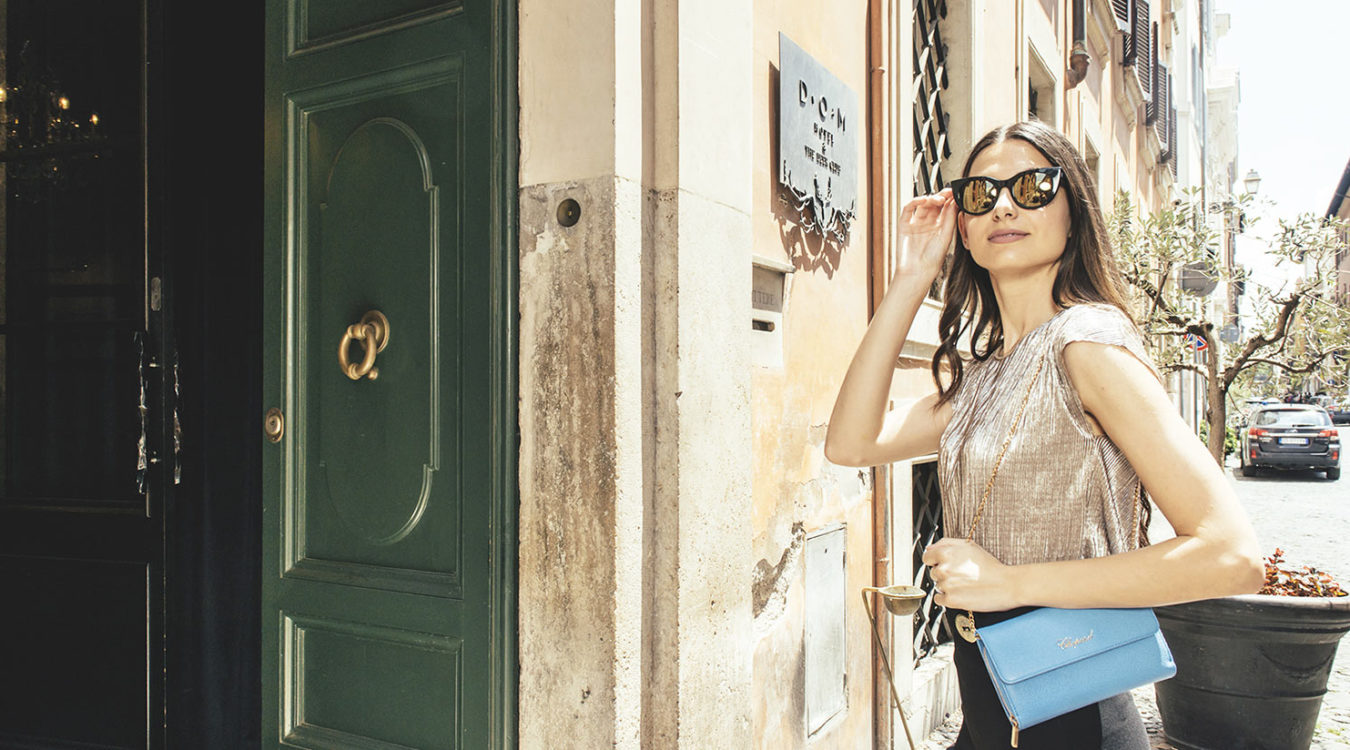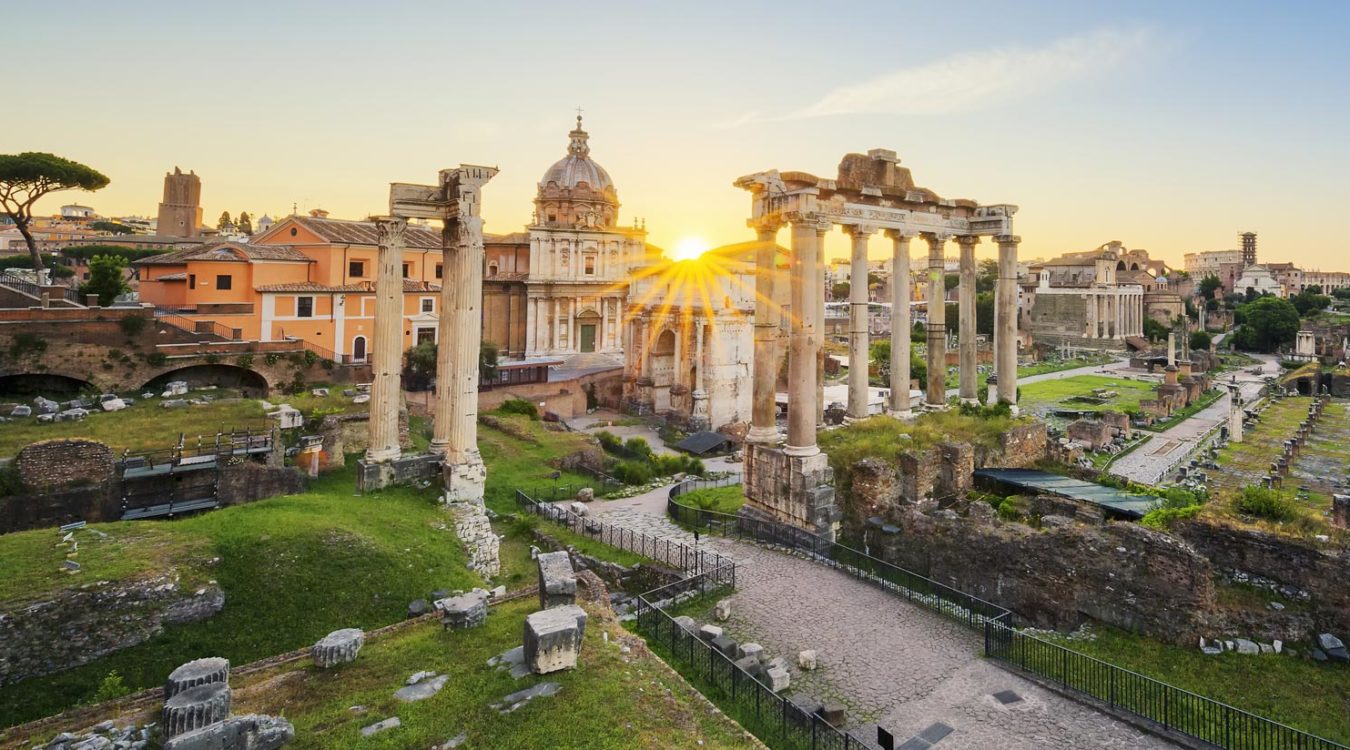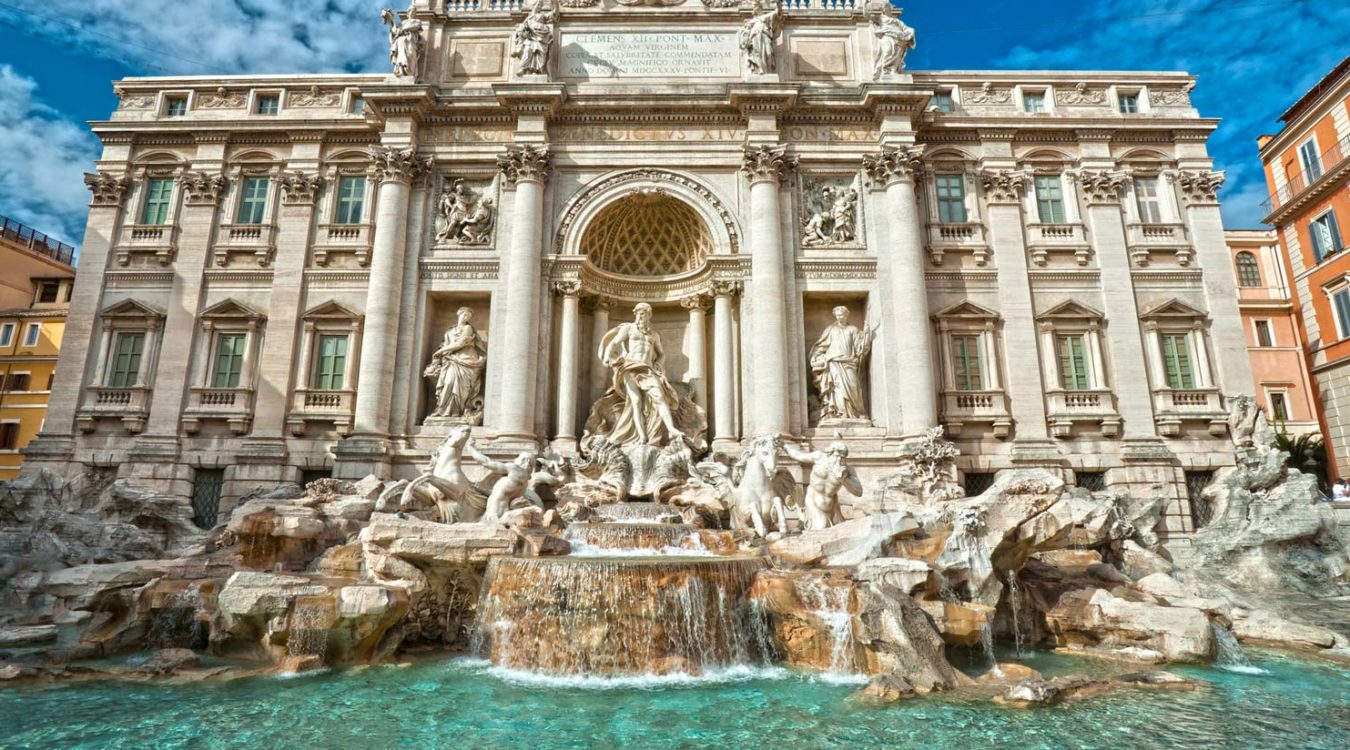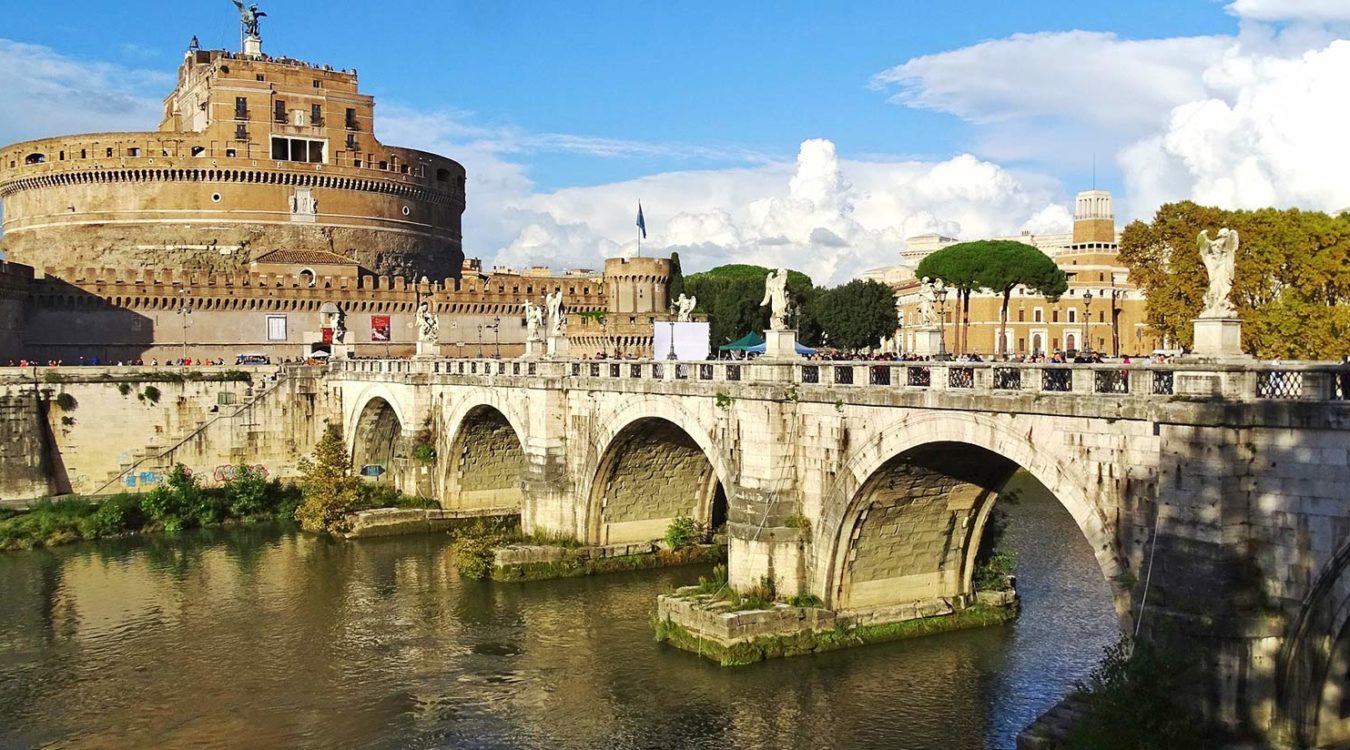Located in the heart of Papal Rome, D.O.M Hotel occupies a 17th century aristocratic palazzo at number 131 on Via Giulia, one of the city’s oldest and most iconic streets. More than a kilometre long, Via Giulia is just behind the church of Santa Lucia del Gonfalone and connects Ponte Sisto (Piazza San Vincenzo Pallotti) with the church of San Giovanni dei Fiorentini (Piazza dell’Oro), and extends throughout the Regola and Ponte districts. Located in an enchanting angle of Rome and the perfect distance from the city’s bustling rive droite, D.O.M Hotel’s position is central, yet slightly removed from the busy nightlife that animates the alleys and small side streets around Campo de’ Fiori.
Meandering leisurely along the sampietrini (the beveled stone-paved streets) of the Regola quarter, one may feel as though they have wandered onto an old film set – easily losing themselves amongst the local artisan workshops, antique shops, traditional wine bars and ateliers of local artisans. D.O.M’s position is particularly convenient due to the fact that it is located precisely in the middle of the most important artistic triangle of Italy’s capital city: a few steps from Piazza Navona on one side and minutes from St. Peter’s Basilica, the Vatican, and Castel S. Angelo on the other. From the Ponte Sisto footbridge, one can reach the heart of Roman daily life in the famous Trastevere neighborhood. Heading away from the Tiber, one reaches Campo de’ Fiori within minutes by foot along with Piazza Farnese and its austere and aptly named building, Palazzo Farnese.
Designed by Antonio da Sangallo the Younger, and completed by Michelangelo, the building currently serves as the French embassy in Italy. Just around the corner from D.O.M, two adjacent city squares invite travelers to rediscover beautiful treasures: Piazza della Quercia with its church, Santa Maria della Quercia (Saint Mary of the Oak) and Piazza Capo di Ferro, home to the art gallery of Palazzo Spada and one of Barromini’s most celebrated masterpieces. The Jewish Ghetto is a short walk away with its ancient Judeo-Roman culinary traditions and a number of great points of interest, including the Turtle Fountain designed by Giacomo Della Porta. This distinct area of Rome, however, boasts much more than just architectural highlights. The slow pace of life invites visitors to partake in leisurely strolls and enjoy light snacks al fresco at the neighborhood’s many characteristic bars and bistros.









